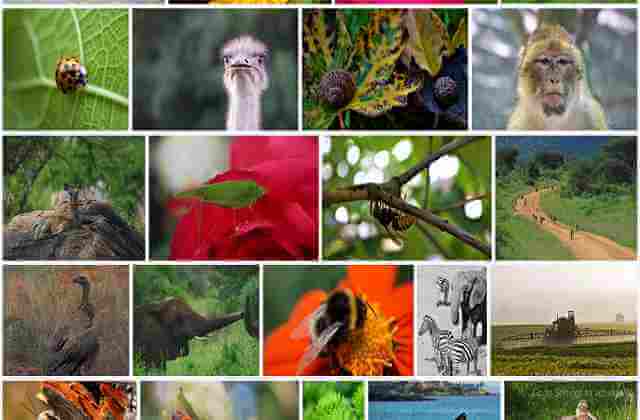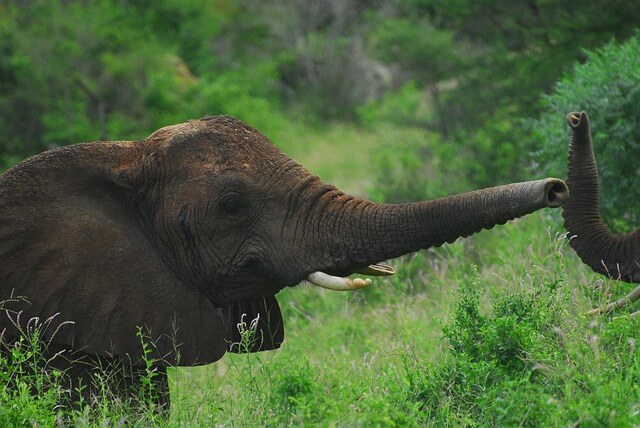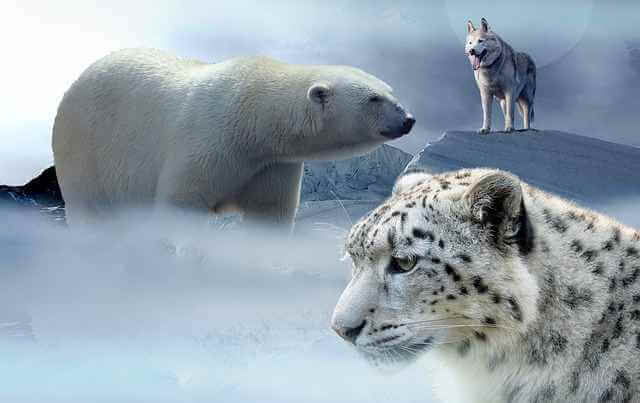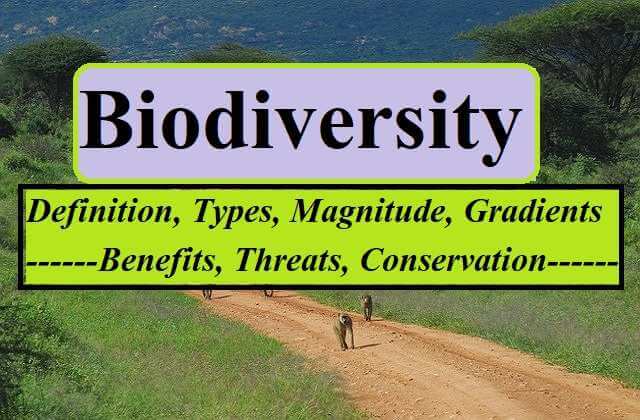Biodiversity is the word that is used to define the crowd of organisms of the planet. The term Biodiversity is made up of two words biological and diversity. Biological means living and Diversity means variety and variability among living organisms.
If we go to the forest we may find a wide variety of animals and plants. The plants range from a small to a large tree and animal may vary from a tiny insect to large shaped mammals. Besides plants and animals, there are numerous microorganisms also which are invisible by naked eyes. These microorganisms are found in water air and in soil.
So “Biodiversity can be defined as the totality of genes species and ecosystem of a region”
Biodiversity is not same in all areas. It differs from place to place on the planet. Each Habitat has its distinct biodata on the earth that’s why biodiversity differs from place to place.

Increasing human population is the major factor that tends to decrease biodiversity. We have to control the population of human to save biodiversity. Higher resource consumption and pollution are also responsible for the loss of biodiversity.
Loss of biodiversity reduces the gene pool of species number of interactions in the biodata and ability of a species to adapt according to the environmental changes.
Types of biodiversity

There are three levels or types of biodiversity
- Genetic diversity– Genetic diversity is found on the genetic level of the same species. It is the diversity in the number and types of genes as well as chromosomes of different species and the variation in the genes and their alleles in the same species.
- Species diversity– Species diversity is the variety in the number and richness of species of a region on the planet. Species richness is the number of species per unit area.
- Community diversity- Community diversity is the diversity in the ecosystem which refers to the variation in the biological communities in which species live. Community diversity is further divided into three levels.
- Alpha diversity
- Beta diversity
- Gamma Diversity
Magnitude of Biodiversity
For the last 250 years, so many biologists are engaged to identify and name new species. Scientists are still able to name and describe for less number of species than the actual number of species present on the planet.

At present Known and described the number of species of all organisms on the earth is – 1.7 to 1.8 million. 20,000 only per cent of the actual number of species present on the earth.
Approximately 61% of the known species are of insects whereas 270000 species of plants are known. Only 4650 species of mammals are known to science at present.
The information about bacteria, viruses, protists and Archea is very less. Tropical area and coral reefs are the major areas where numerous species are believed to be unknown to science.
Efforts are being made by science to discover and describe new species more rapidly as compared to past. “Global biodiversity information facility and the species 2000” is the project which is attempting to discover new species faster than ever before.
Gradients of Biodiversity
As we know that biodiversity is not uniform on the earth. With a change in latitude or altitude biodiversity varies. Move from high to low altitude biodiversity increases.
The temperate region has a climate with a short growing period for plants whereas tropical region has favourable conditions for all types of the plant throughout the year.

The temperate region has the best suitable environmental conditions for the growth of plants. Origin of new species occurs in the tropical region. That’s why the tropical regions are rich in biodiversity.
Species diversity decreases from lower to a higher altitude. This type of habitat found on mountains. The temperature on mountains drops about a 6.5 degree Celsius increase in altitude by 1000 metre.
Benefits of Biodiversity
There are so many benefits of biodiversity which are direct and indirect. These benefits are services to a human being.

- We can get a vast variety of foods and fabrics from the rich biodiversity of plants and animals.
- Great biodiversity helps to maintain ecological balance for ecosystem stability.
- Preservation of biodiversity helps to improve the desirable characteristics of crops, making plants more pest resistant.
- Rich biodiversity provides different types of medicines to treat and cure illness.
- Rich biodiversity also supports Ecotourism and provides enjoyment to individuals.
- Biodiversity enriches the lives of peoples who are living in the industrialized world.
Threats to Biodiversity
Human is completely responsible for the disturbance of biodiversity. These are some common reasons generally caused by human.

- Destruction of habitats
- Disturbance and degradation of habitats
- Pollution
- Introduction of Exotic species
Conservation of Biodiversity
As we know that there are so many benefits from biodiversity. So it is now very necessary to conserve this valuable biodiversity. We have to protect, uplift and maintain biodiversity as possible as we can.

Biodiversity conservation is the protection uplift and scientific management of biodiversity to maintain it at its optimum level and derive sustainable benefits from the present as well as future strategies.
There are two types of basic strategies to conserve and protect biodiversity
- Ex-situ conservation– conservation of selected rare plants and animals in place outside their natural habitats. Botanical gardens, Zoos, Arboreta etc
- In-situ conservation– conservation of selected real plants and animals in their natural habitats. Examples- biosphere Reserves, national parks and sanctuaries
Read Also
- Plant Water Relations: Imbibition, Diffusion, Osmosis, Absorption, Plasmolysis etc
- Living Organisms: Definition, Characteristics, Types and Examples
Here we have discussed “ Biodiversity: Definition, Types, Magnitude, Gradients, Benefits, Threats, Conservation” we hope you like this article. if you have any query or suggestion, please leave a comment on the email. or contact us from contact us page.
Follow our official groups on Telegram, Whatsapp and Facebook

